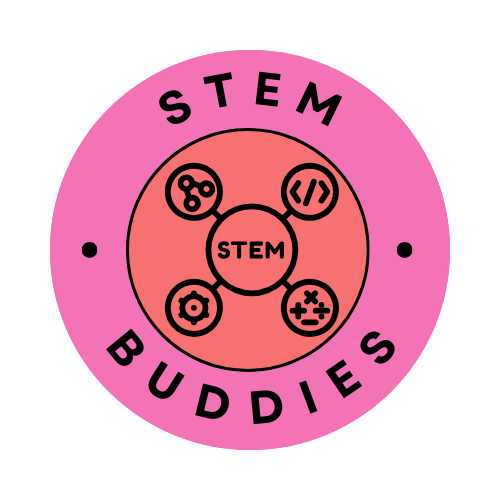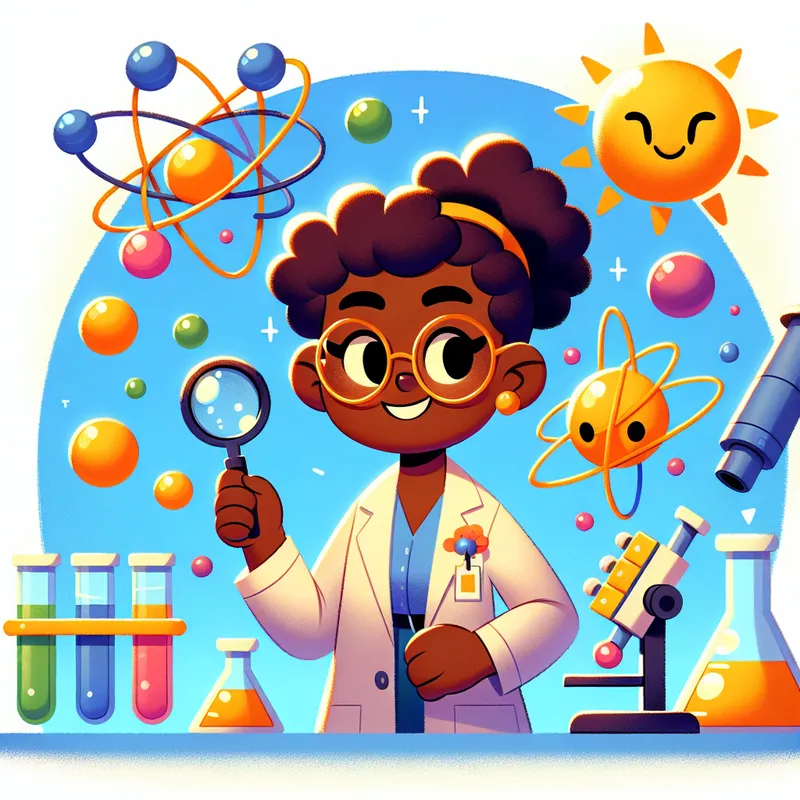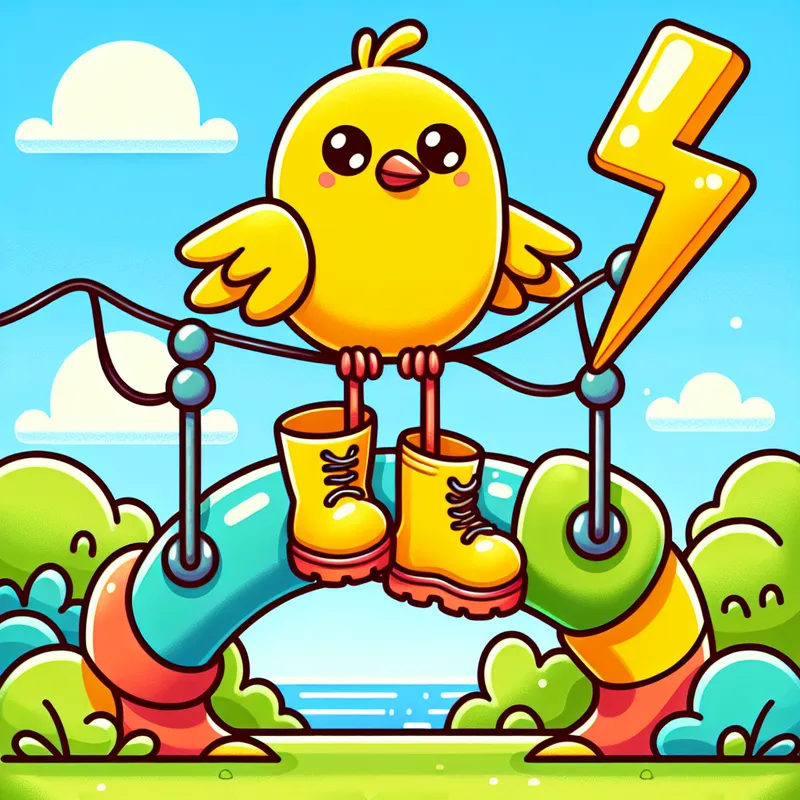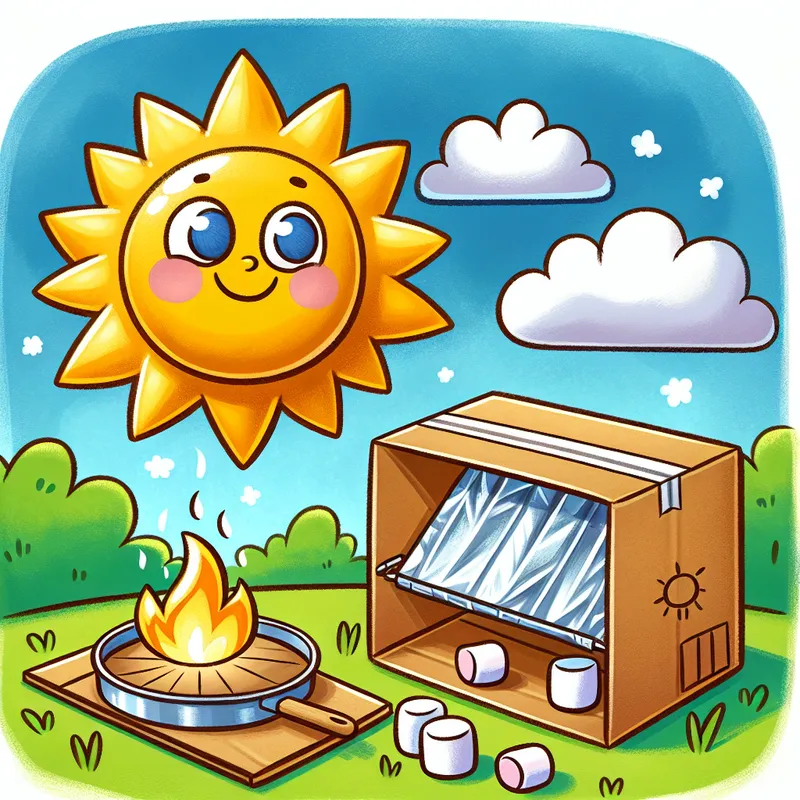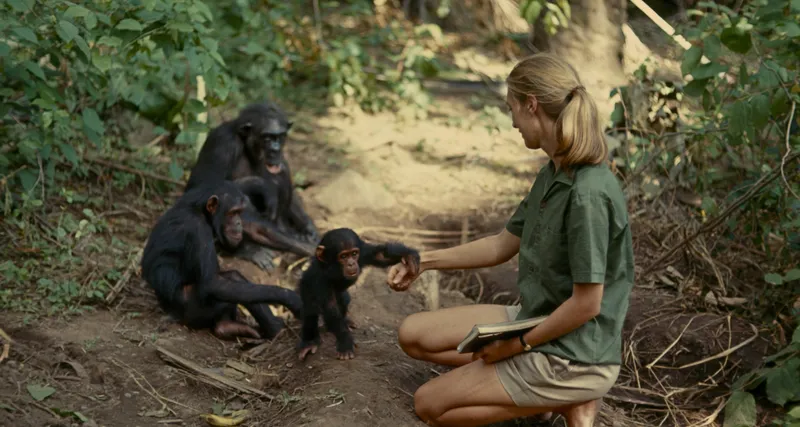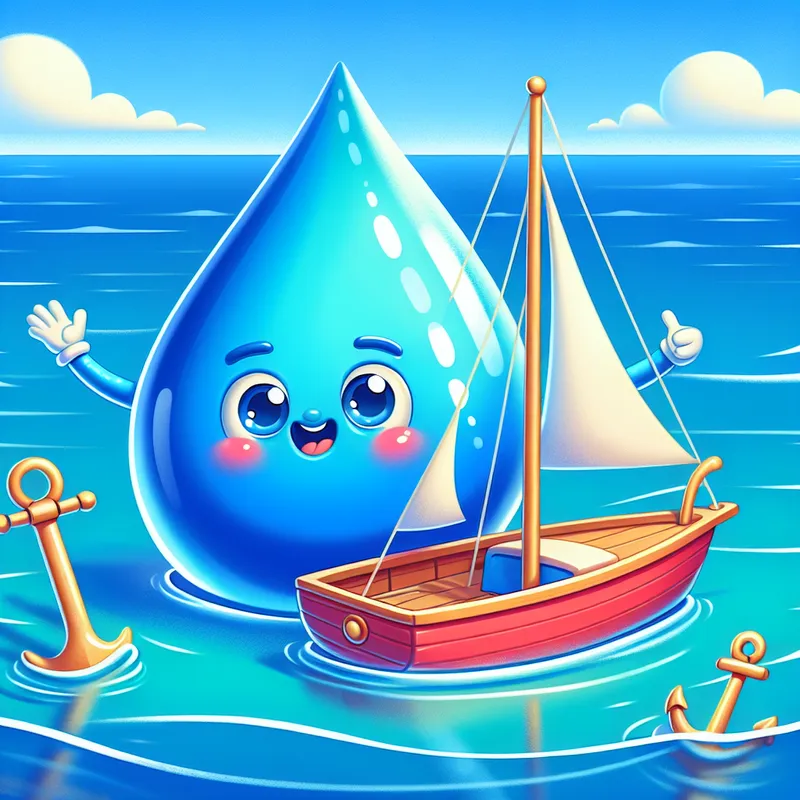Published on 27/09/2024 by James Best
How Do Roller Coasters Work? The Physics of Fun
Description: Dive into the thrilling world of roller coasters and discover the amazing physics that make these rides so exciting! Perfect for young scientists aged 7-10 who love adventure and learning.
Buckle up, junior thrill-seekers! We’re about to zoom into the most exciting science experiment you can ride – roller coasters! Have you ever wondered how these twisty-turny marvels of fun actually work? Well, hold onto your hats, because we’re about to find out!
The Big Climb
Every great roller coaster starts with a big hill. But why? It’s all about giving the coaster a secret superpower called potential energy. As the coaster climbs higher and higher, it’s like it’s storing up energy, ready to unleash it in a big whoosh of excitement!
The Thrilling Drop
Now comes the part that makes your tummy feel funny – the big drop! As soon as the coaster tips over the top of the hill, gravity becomes its new best friend. Gravity pulls the coaster down, turning all that stored-up potential energy into kinetic energy – that’s the energy of movement. The further it falls, the faster it goes. Whee!
Loops and Turns
But how do roller coasters go upside down without you falling out? That’s where centripetal force comes in. It’s like an invisible hand that pushes you into your seat, even when you’re upside down! The faster the coaster goes around a loop, the stronger this force becomes.
Slowing Down
All good things must come to an end, and roller coasters are no exception. As the ride goes on, friction (that’s the force that happens when things rub against each other) starts to slow the coaster down. At the end, big brakes help bring you safely back to the station.
Fun Facts
Did you know that the tallest roller coaster in the world is higher than a 45-storey building? And the fastest can go quicker than a cheetah! Engineers use maths and physics to design roller coasters that are both safe and super fun.
Try It at Home
Want to be a roller coaster engineer? Try making your own mini coaster at home! Use cardboard tubes (like from kitchen roll) cut in half lengthways to make tracks. Then use marbles as your ‘cars’. Experiment with different heights and loops. Can you make a coaster that goes upside down?
Remember
Next time you’re on a roller coaster, remember – you’re not just having fun, you’re experiencing amazing physics in action! Every climb, drop, and loop is a lesson in energy and forces. So scream if you want to, but don’t forget to think about the science too!
Now, who’s ready for another ride?
Written by James Best
← Back to blog